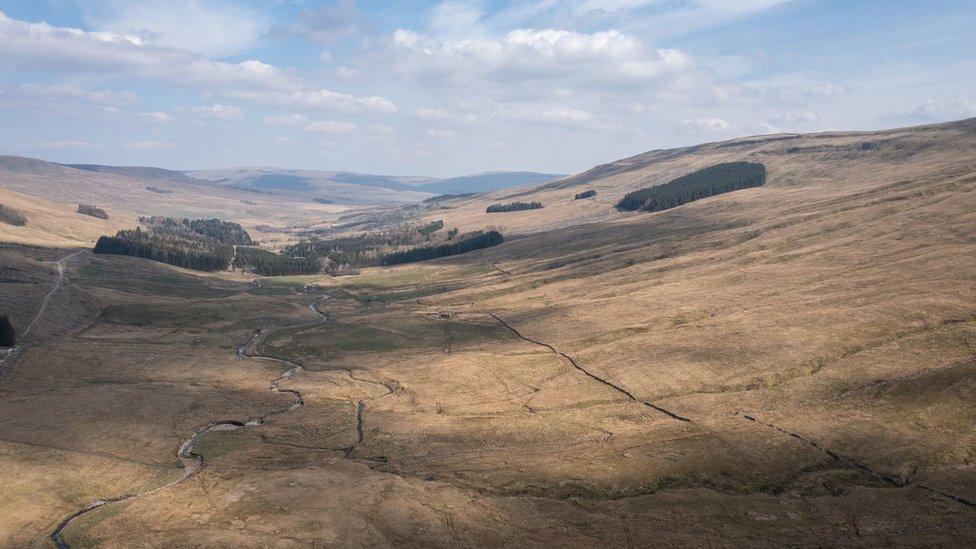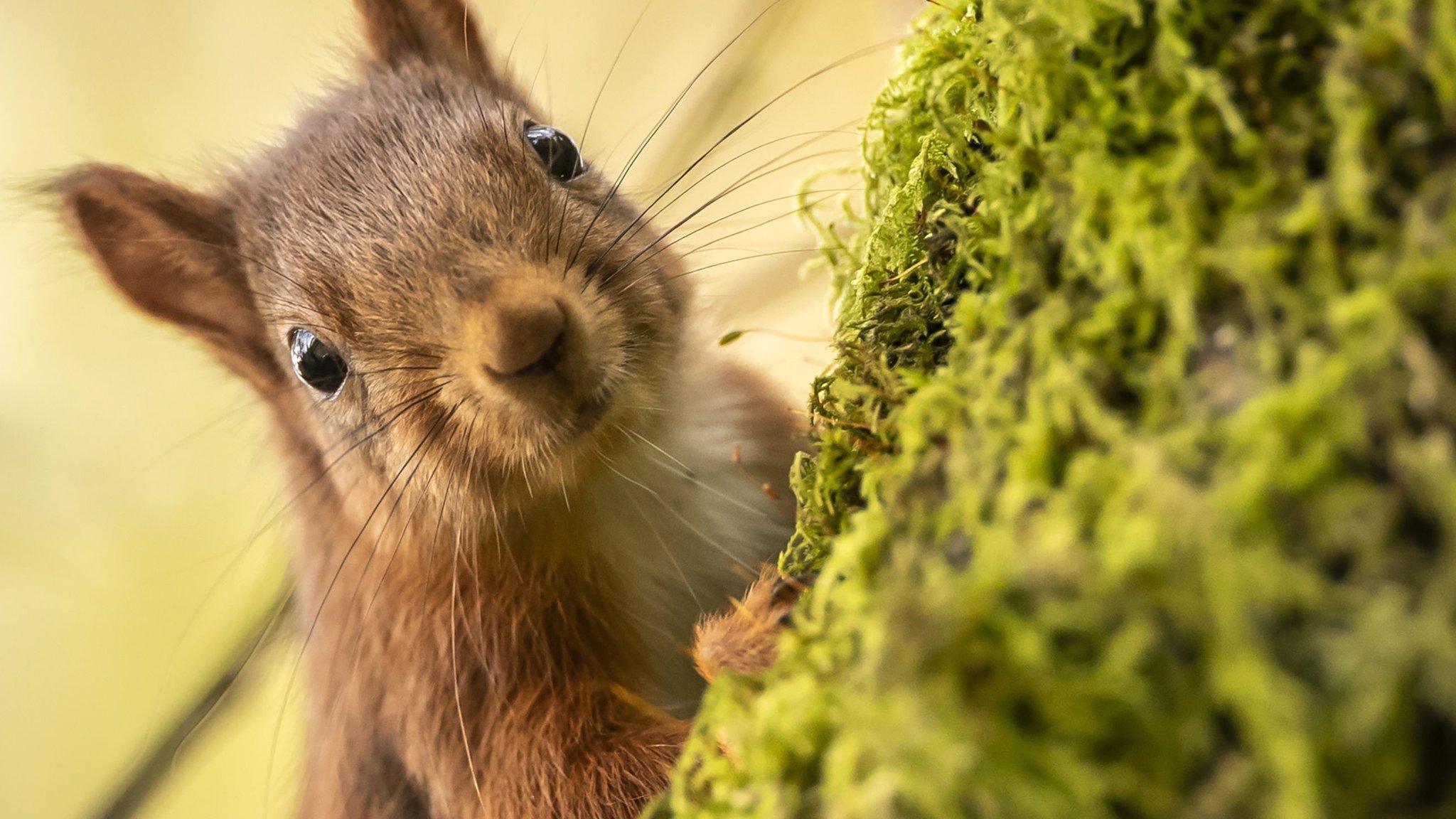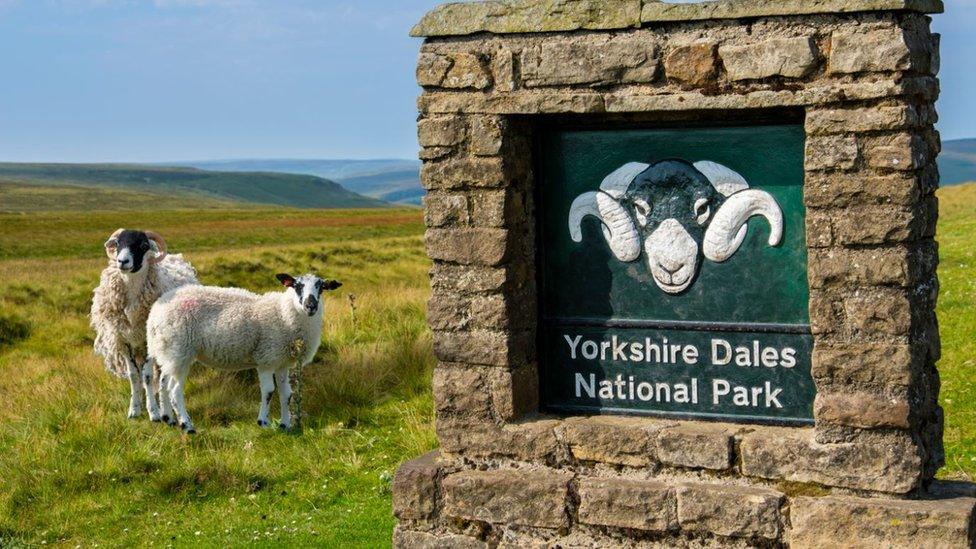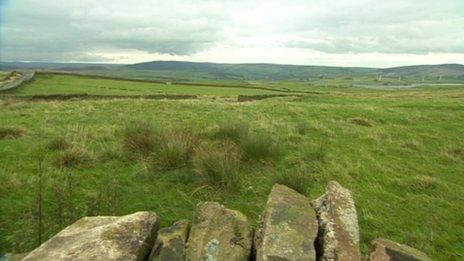Yorkshire Dales tree plan to recreate long-lost forest
- Published

The Snaizeholme valley was once covered in trees
Conservationists are to plant hundreds of thousands of trees in the Yorkshire Dales to create one of England's largest native woodlands.
Snaizeholme, near Hawes in Richmondshire, was covered in trees centuries ago but the 1386-acre (561 ha) valley is now almost barren.
The new trees will "restore an entire ecosystem" for threatened bird species, the Woodland Trust charity said.
The planting of the first 100,000 trees is due to begin this week.
Woodland Trust said it had raised £8m for the decades-long project to revive the long-lost forest, which it said was a "rare opportunity to create a sizeable wildlife haven for the north of England".
The trees will also "lock away carbon for years to come," improve water quality and reduce the risk of flooding, the charity said.
'Wonderful opportunity'
Al Nash, who is leading the project for the Woodland Trust, said: "Woodland birds will have a home here for the first time in centuries, and open scrub woodland should benefit endangered species like the black grouse.
"It's clearly a wonderful opportunity to create something tangible in the Yorkshire Dales for the fight against climate change."

Just 5% of the Yorkshire Dales is covered by trees
The charity said just 5% of the Yorkshire Dales was covered by trees, with ancient woodland - the most beneficial for wildlife - making up just 1% of that cover.
The trees planted in Snaizeholme will mostly be native broadleaved species such as alder, silver birch, downy birch, willow, aspen, rowan, hawthorn and blackthorn, as well as montane species on the higher slopes.
The Woodland Trust said the trees would also improve wetlands by slowing the flow of water on hillsides, giving space for otters and kingfishers to thrive and reducing the threat of flooding.
The charity is also planning to plant trees next to an existing ancient woodland where red squirrels live, expanding their home, while dry stone walls currently in place will be maintained to offer shelter for small mammals and lizards.

Follow BBC Yorkshire on Facebook, external, Twitter, external and Instagram, external. Send your story ideas to yorkslincs.news@bbc.co.uk, external
Related topics
- Published26 May 2021

- Published16 December 2020

- Published17 November 2011
